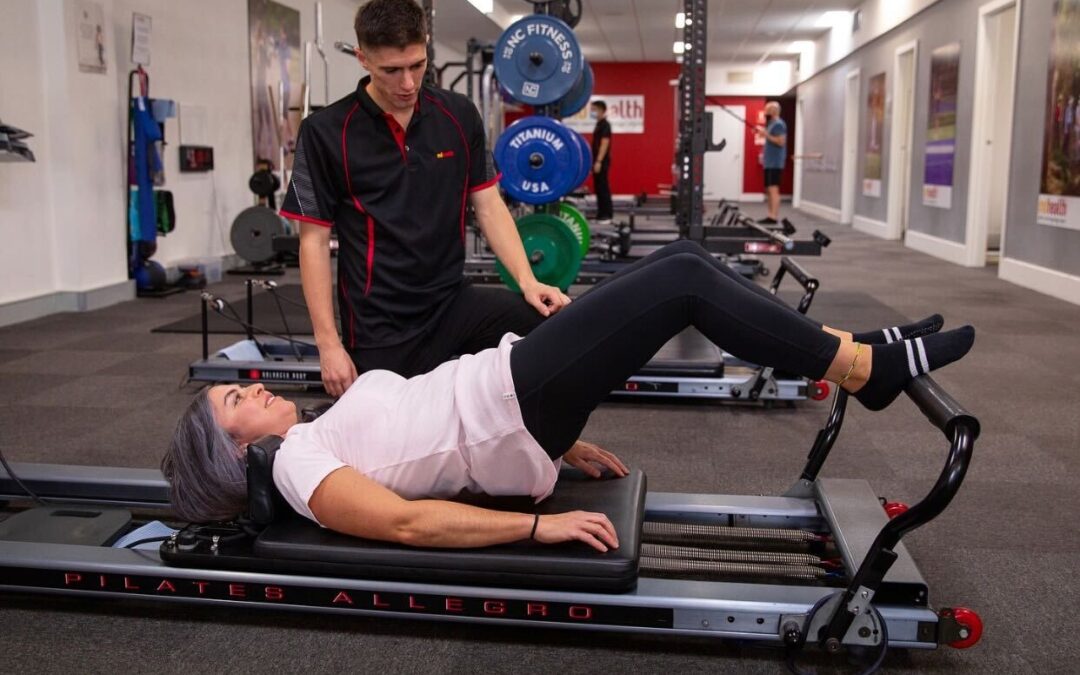What Is It?
Core stability is the ability to control the lumbar spine, using the deep abdominal muscles, in particular two main muscles called:
- Transversus Abdominus
- Multifidus
Why Is Core Stability Important For Lower Back Pain?
In general, the lumbar spine is held stable at the end of its range by passive structures, such as the discs, which lie between each vertebra, the major ligaments, that run between the vertebrae, both of which limit forward bending.
The facet joints, which sit near the back of the vertebrae, limit backwards bending. However, most movements occur in the mid part of range of lower back movement, such as sitting, standing and most lifting. In this range, these passive structures are not on stretch, therefore do not support the back against strain.
This is where the core stabilisers work, by contracting, they limit the excessive movement at each vertebrae, so that movement is controlled. If this does not occur, it puts excessive strain on other structures, such as the discs or facet joints, causing pain. The core stabilisers prevent this from happening.
Where Can I Start With Core Stability Training
The most basic exercise is lying on your back, knees bent. Put your hand on your abdomen, below your belly button. From there, without flattening the back, draw you stomach in, away from your hand. Hold for 3 seconds, then release.
This is a basic exercise and your treating practitioner can guide you in your further exercises.
Does Having Poor Core Stability Cause Back Pain?
No, poor core stability does not cause back pain, but allows more strain on other structures, such as the discs and facet joints, which cause pain. Treatment to reduce pain from these structures is important in managing injury together with core stability training.



